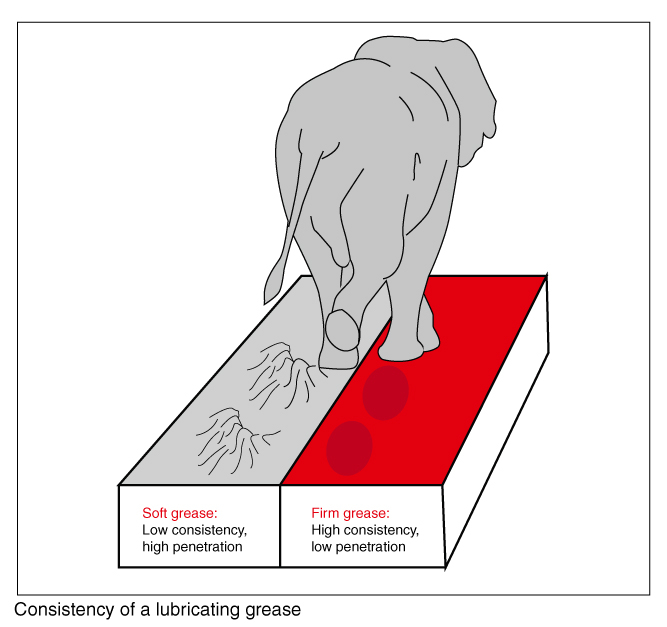- Company
- Products
- Industry
- Automotive industry
- Catering equipment and food processing technology
- Chemical industry
- Glass and foundry industry
- Iron and steel industry
- Logistics
- Maintenance and servicing
- Municipal services
- Paper and packaging industry
- Plant and machine (tool) engineering
- Railway engineering
- Rubber and plastic processing
- Shipbuilding and marine technology
- Textile industry
- Tribology
- What's New
- Contact Us






